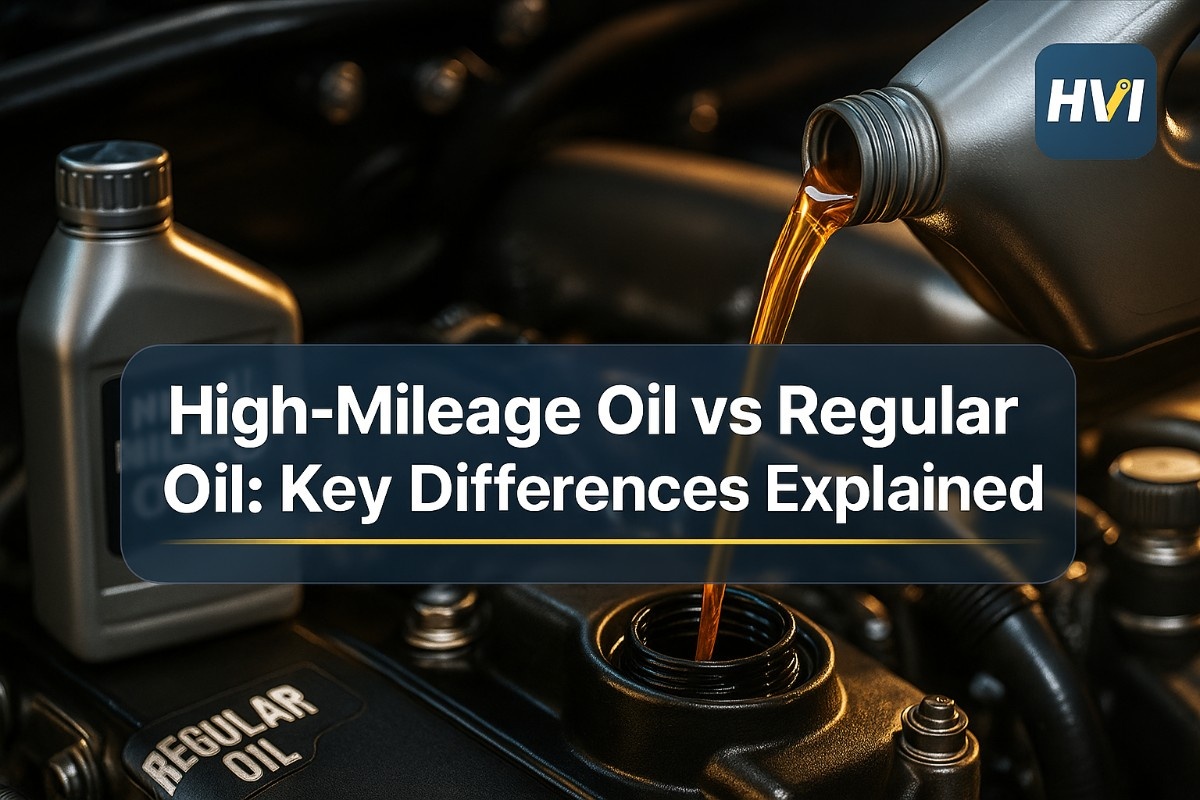Maintaining fleet efficiency is crucial for any business that relies on vehicles for its operations. Downtime can lead to significant financial losses and operational disruptions. The key to minimizing vehicle downtime lies in adopting effective fleet maintenance strategies and leveraging advanced technologies like automated inspection systems. In this comprehensive guide, we will explore how automated inspection can revolutionize fleet maintenance, enhance fleet management solutions, and ensure maximum vehicle uptime.
The Impact of Fleet Maintenance on Operations
Fleet maintenance is the routine process of keeping vehicles in top condition to prevent unexpected breakdowns and extend their lifespan. For fleet managers, maintaining a balance between operational efficiency and cost-effectiveness is critical. Inefficient fleet maintenance can result in unscheduled repairs, increased vehicle downtime, and higher operational costs.
The Evolution of Fleet Management Solutions
Fleet management solutions have evolved significantly over the years. Traditional methods relied heavily on manual inspections and reactive maintenance. However, the advent of automated inspection technologies has transformed the landscape. Automated inspection systems use advanced sensors and artificial intelligence (AI) to monitor vehicle health in real-time, enabling predictive and preventative maintenance.
Benefits of Automated Inspection for Fleet Maintenance
- Reduced Vehicle Downtime: Automated inspection systems can detect potential issues before they lead to breakdowns, minimizing vehicle downtime and ensuring that fleet vehicles are always ready for use.
- Enhanced Fleet Services: With automated inspections, fleet services can be streamlined, providing faster and more accurate maintenance solutions. This leads to improved efficiency and cost savings.
- Increased Fleet Uptime: By identifying and addressing issues early, automated inspections help maintain higher vehicle uptime, allowing fleet operators to maximize their operational capacity.
- Predictive Maintenance: Automated inspection systems enable predictive maintenance by analyzing data and predicting when a vehicle will require servicing. This helps in scheduling maintenance at optimal times, avoiding unscheduled repairs.
- Improved Safety and Compliance: Regular and thorough inspections ensure that vehicles meet safety and compliance standards, reducing the risk of accidents and legal issues.
According to a study by the American Transportation Research Institute (ATRI), implementing automated inspection systems can reduce vehicle downtime by up to 30%. Additionally, fleets using predictive maintenance have reported a 20% decrease in maintenance costs and a 25% increase in vehicle uptime.
Implementing Automated Inspection in Fleet Management Systems
Integrating automated inspection into fleet management systems requires careful planning and execution. Here are the steps to effectively implement automated inspection in your fleet management:
- Assess Your Current Fleet Maintenance Program: Evaluate your existing fleet maintenance practices and identify areas where automated inspection can add value.
- Choose the Right Technology: Select an automated inspection solution that fits your fleet's specific needs. Look for features like real-time monitoring, predictive maintenance, and detailed reporting.
- Train Your Maintenance Team: Ensure that your maintenance team is well-trained in using the new technology. This includes understanding how to interpret data from automated inspections and taking appropriate actions.
- Integrate with Fleet Management Systems: Integrate the automated inspection system with your existing fleet management systems (CMMS) for seamless data flow and efficient management.
- Monitor and Optimize: Continuously monitor the performance of the automated inspection system and make necessary adjustments to optimize its effectiveness.
What if you had a detailed automated inspection solution that takes 10 seconds? Imagine the impact on your fleet's performance and reliability.
Discover how automated inspection can revolutionize your fleet maintenance and keep your fleet running smoothly and efficiently.
Contact UsThe best fleet management solution, utilize the HVI Fleet App. It offers comprehensive tools to assist fleet managers in monitoring and maintaining their vehicles through automated inspections and real-time data analysis.
Top 20 FAQs about Fleet Maintenance and Automated Inspection
1. What is fleet maintenance?
Fleet maintenance involves the regular servicing and repair of vehicles to ensure they operate efficiently and safely.
2. What are fleet services?
Fleet services encompass a range of activities including maintenance, repair, vehicle tracking, and compliance management to support fleet operations.
3. What is the HVI Fleet App?
The HVI Fleet App is a comprehensive tool designed to assist fleet managers in monitoring and maintaining their vehicles through automated inspections and real-time data analysis.
4. What is fleet maintenance management?
Fleet maintenance management is the process of overseeing and coordinating the maintenance activities of a fleet to ensure optimal performance and minimal downtime.
5. Why is fleet maintenance important?
Proper fleet maintenance is essential for reducing vehicle downtime, extending vehicle lifespan, ensuring safety, and complying with regulations.
6. How to implement a fleet preventive maintenance program?
Implementing a preventive maintenance program involves scheduling regular inspections, using predictive maintenance technologies, and training staff to identify and address issues early.
7. What are the benefits of automated inspection for fleet operators?
Benefits include reduced downtime, increased vehicle uptime, predictive maintenance, enhanced safety, and improved compliance.
8. How does automated inspection improve vehicle uptime?
By detecting potential issues early and enabling timely maintenance, automated inspections help maintain higher vehicle uptime.
9. What technologies are used in automated inspection systems?
Technologies include advanced sensors, AI, machine learning, and real-time data analytics.
10. How does predictive maintenance differ from traditional maintenance?
Predictive maintenance uses data analytics to predict when maintenance is needed, while traditional maintenance is often reactive, addressing issues after they occur.
11. What is the role of a fleet manager in maintenance?
Fleet managers oversee the maintenance program, ensure compliance, manage costs, and work to minimize vehicle downtime.
12. How can fleet management systems benefit from automated inspection?
Integrating automated inspection with fleet management systems provides real-time data, enhances decision-making, and improves overall efficiency.
13. What are the cost implications of automated inspection?
While there is an initial investment, the long-term savings from reduced downtime and maintenance costs often outweigh the initial expenses.
14. How does automated inspection enhance safety and compliance?
Regular and thorough inspections ensure vehicles meet safety standards and comply with regulatory requirements, reducing the risk of accidents and fines.
15. What is a CMMS and how does it relate to fleet maintenance?
A Computerized Maintenance Management System (CMMS) helps manage maintenance activities, schedule inspections, and track maintenance history for fleet vehicles.
16. How can fleet operators leverage online and offline inspection data?
By combining online real-time data with offline historical data, fleet operators can gain comprehensive insights into vehicle health and maintenance needs.
17. What is the impact of unscheduled repairs on fleet operations?
Unscheduled repairs lead to increased downtime, higher costs, and disrupted operations, highlighting the importance of predictive maintenance.
18. How does automated inspection support preventative maintenance?
Automated inspection provides detailed insights into vehicle health, allowing for proactive maintenance and preventing potential issues.
19. What are the key features to look for in an automated inspection solution?
Key features include real-time monitoring, predictive analytics, detailed reporting, and integration with existing fleet management systems.
20. How can fleet operators contact your Fleet Solution Team for more information?
For more information on how automated inspection can benefit your fleet, contact our Fleet Solution Team at www.heavyvehicleinspection.com/contact





